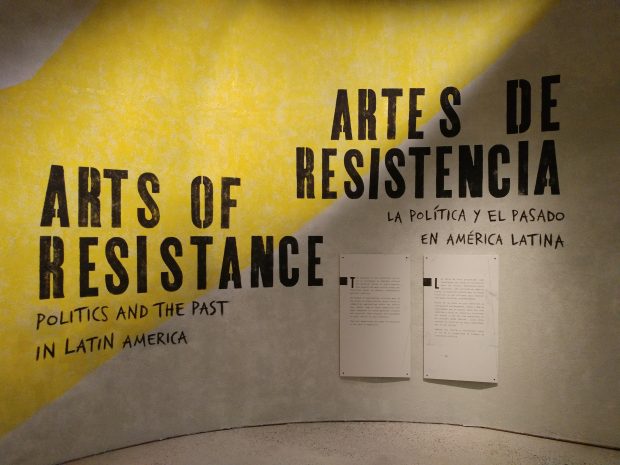Art of Resistance: Politics and the Past in Latin America, is an exhibit at the Museum of Anthropology at UBC curated by Laura Osorio Sunnucks that “ illustrates how communities in Latin America use traditional or historical art forms to express contemporary political realities.” (“Arts of Resistance.” )
In the exhibit, there were numerous displays, in different forms such as the “THE WOMAN AND THE UNIVERSE” which displayed Maya textile and explored how “weave layered stories”. There was also “THE DEFENCE OF MAIZE”, a “graffiti installation by Lapiztola, Oaxaca, Mexico” linking the “struggle against transgenic maize with Indigenous empowerment”. Even though all the displays were very powerful, the one that impacted me the most was “THE AYOTZINAPA CODEX”. (Arts of Resistance: Politics and the Past in Latin America)
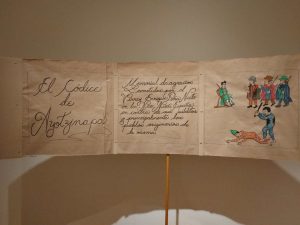
Figure 1. First 3 panels of Ayotzinapa Codex. (Arts of Resistance: Politics and the Past in Latin America.)
“THE AYOTZINAPA CODEX” is a 15 panel long pictorial manuscript or codex that critics the neo-liberal policies of New Spain. Palacios and Avila, its creators, declared that today’s “Mexican state is the ideological descent of the 16th-century colonial administration”. They defended their argument by linking the disappearance of 43 male students on September 26th, 2014, to the prison capture in pre-conquest Aztec warfare. (Arts of Resistance: Politics and the Past in Latin America) The second panel of the manuscript (refer to Figure 1.), reads in English “This is a testament of the wrongs committed by the viceroy, Enrique Pefia Nieto, in Neo-New Spain against…the Natives Peoples…” (Palacios and Avila).
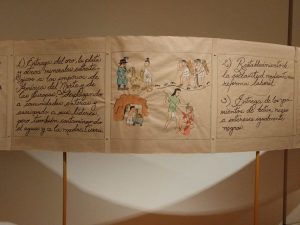
Figure 2. Panels 4-6 of Ayotzinapa Codex. (Arts of Resistance: Politics and the Past in Latin America.)
New Spain which is short for the Viceroyalty of New Spain refers to Mexico. (“Viceroy.”) Enrique Pefia Nieto is the present President of Mexico and viceroy was the title given to the “principal governors of Spain’s America colonies”. During New Spain’s colonisation, it was ruled under the policy of neoliberalism, meaning there was “a minimal amount of government interference in the economic issues of individuals and society” (“Neoliberalism.”) The consequence of the policy was that colonizers had little or no regard for the welfare of the Natives Peoples, less so their beliefs. This is still the case in present Mexico as the government’s surrender of natural resources to European and North American Empires has led to the displacement of entire communities, the assassination of community leaders and contamination of water and mother earth. (Palacios and Avila)
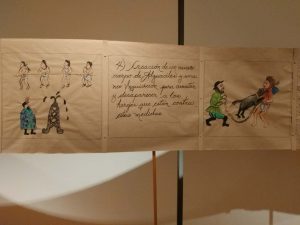
Figure 3. Panels 7-9 of Ayotzinapa Codex. (Arts of Resistance: Politics and the Past in Latin America.)
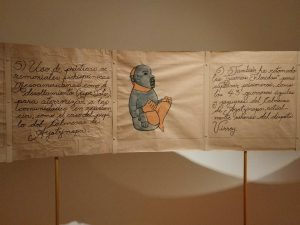
Figure 4. Panels 10-12 of Ayotzinapa Codex. (Arts of Resistance: Politics and the Past in Latin America.)
On the 12th panel (refer to Figure 4), Palacios and Avila use the term “Flowery Wars”, a traditional ritual to coherently express the political reality of the disappearance of 43 male students in 2014. Flowery Wars “derived from the Nahuatl xochiyaoyotl (flower-war)” refers “to the semiritual battles between the Aztec and other states of ancient Mexico” for the purpose of military training and the “opportunity to capture prisoners for religious sacrifice” (“Flowery Wars.”). This same violence that existed in the late fifteenth century was evident in today’s Mexico from the burning of several of the missing students with gasoline before they were buried (Shoichet and Alias). It was also evident from the brutal murder of another student, Julio César Mondragón whose “facial skin and muscles had been torn away from his head, his skull was fractured in several places, and his internal organs were ruptured” (Semple). Both of which the police have been strongly suspected of orchestrating and participating in along with notorious syndicates in Iguala.
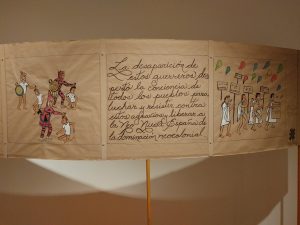
Figure 4. Panels 13-15 of Ayotzinapa Codex. (Arts of Resistance: Politics and the Past in Latin America.)
With the manuscript, a traditional art form, Palacios and Avila have shown that the colonial policy of neo-liberalism has led to the continued suffering of Native Peoples because of exploitation of natural resources and violence from law enforcement. These sufferings stem from the fact that as a consequence of neoliberalism, the private sector has rights and abilities over the Mexican government, which the Mexican government has yet to remove.
Works Cited
“Arts of Resistance.” Museum of Anthropology at UBC, moa.ubc.ca/exhibition/arts-of-resistance/.
Arts of Resistance: Politics and the Past in Latin America. 17 May. – 30 Sep. 2018, Museum of Anthropology at UBC, Vancouver.
Halperin, Sandra. “Neocolonialism.” Encyclopædia Britannica, Encyclopædia Britannica, Inc., 23 Mar. 2016, www.britannica.com/topic/neocolonialism.
“Home.” Museum of Anthropology at UBC, moa.ubc.ca/
“Neoliberalism.” Investopedia, Investopedia, 25 Apr. 2018, www.investopedia.com/terms/n/neoliberalism.asp.
Palacios, Juan, and Diego Avila. Codice de Ayotzinapa, 2014. 17 May. – 30 Sep. 2018, Museum of Anthropology at UBC, Vancouver.
Semple, Kirk. “Missing Mexican Students Suffered a Night of ‘Terror,’ Investigators Say.” The New York Times, The New York Times, 21 Dec. 2017, www.nytimes.com/2016/04/25/world/americas/missing-mexican-students-suffered-a-night-of-terror-investigators-say.html.
Shoichet, Catherine E., and Krupskaia Alis. “Missing Students in Mass Graves near Iguala, Mexico?” CNN, Cable News Network, 6 Oct. 2014, www.cnn.com/2014/10/05/world/americas/mexico-mass-graves-missing-students/index.html.
“Viceroy.” Encyclopædia Britannica, Encyclopædia Britannica, Inc., 20 May 2011, www.britannica.com/topic/viceroy-government-official.
“Flowery Wars.” The Columbia Encyclopedia, 6th Ed, Encyclopedia.com, 2018, www.encyclopedia.com/humanities/encyclopedias-almanacs-transcripts-and-maps/flowery-wars.
